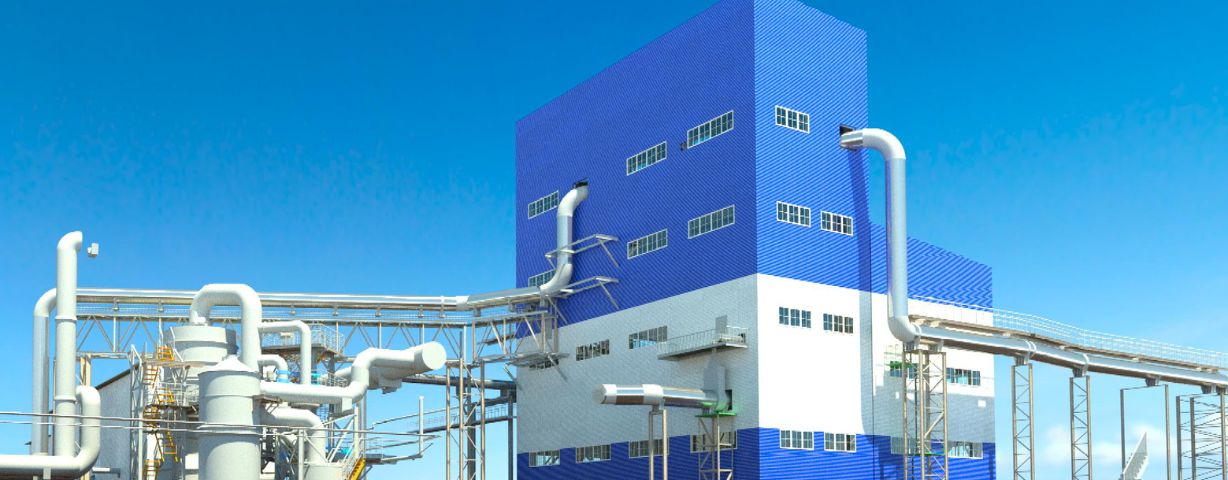Digital Twin is a special type of information model. For new objects, a digital twin can be created based on a design or executive information model. But what if Digital Twin is needed for an existing production facility that has been rebuilt or modernized several times? The most efficient way would be to perform a laser scan of the facility and create a BIM model based on the resulting point cloud. This type of work requires special skills and equipment, but in the end the Client will receive a model that reflects the actual state of the facility.
Laser scanning allows you to obtain highly accurate 3D images of existing objects, which is ideal for cases where the design documentation is either outdated or completely absent. The point cloud obtained during scanning contains a huge amount of data on the geometry of the object, which can then be converted into a detailed BIM model. This model is not only accurate, but also provides the ability to take into account all changes that have occurred at the object during its operation.
Once the model is created, additional data can be integrated, such as utility systems, equipment status information, and historical repair and upgrade data. This enables ongoing monitoring and analysis, as well as planning for future changes and improvements.
In addition, a digital twin built on BIM enables efficient management of the facility’s life cycle. For example, it is possible to integrate real-time sensor data obtained via the Internet of Things (IoT), which helps to monitor production parameters and equipment conditions. All this information can be used to predict breakdowns, improve productivity, and reduce maintenance costs.
Thus, creating a digital twin of existing assets using laser scanning and BIM modeling is an important tool for improving the accuracy, efficiency and sustainability of production.
